The projectiles of most modern ammunition designs are made from lead and most often come with a copper jacket of some sort. The lead is inside the bullet because it’s heavy, giving more energy on-target than other metals. Lead is also easy to work with. It’s soft which means it deforms under pressure for more effective terminal ballistics and it has a low melting point, which means it’s easy to use when manufacturing ammunition.
Some of those properties of lead bullets, and the copper jacket that surrounds them, are not beneficial. Lead is poisonous, and when a lead bullet is fired out of a gun, it’s not all that good for the people standing nearby.
In addition to this, lead and copper bullets do not evaporate when they strike a solid target like a backstop or a piece of steel. Rather, they peel apart into jagged little fragments that can do some rather nasty things when they ricochet. These are just two of the reasons why frangible ammunition is a popular choice when shooting indoors, especially in confined spaces.
Liberty Ammunition may not be the biggest name in the ammunition business, but nevertheless is developing some interesting lines of ammunition such as the Overwatch line of lighter-weight defensive rounds that still pack quite a wallop. I reached out to Liberty for some of the 9mm Steel Plate & Range frangible rounds, made from compressed copper particles rather than solid lead and a metal jacket covering. The powdered copper of the bullet is compressed under extreme heat to form a dense, 100-grain projectile that looks, acts and feels like a standard metal-jacketed round, until it hits a solid target. The powdered bullet then “un-powderizes” itself and effectively disintegrates, which, in theory, greatly reduces the chance of a dangerous ricochet and eliminates any lead particles in the air.
Testing Frangible Ammunition
Test setup
But, is that the way it works on the range? To find out, I’ll shoot a round of PMC Bronze 115-grain full metal jacket (FMJ) ammunition at a 6-inch-diameter steel plate that’s 10 yards away. I’ll set up two sheets of white poster board backed with cardboard on either side of the target to catch any ricochets from the impact of the bullet into the steel. I’ll then repeat the test using Liberty’s Steel Plate & Range ammo.
Test Results

Impacts from fragments of FMJ ammo.
The 115-grain FMJ round blew apart into an untold number of fragments, most of which went through not only the poster board, but through the cardboard backing as well. This sort of penetration is bad news for anyone nearby, which is why most shooting organizations recommend a standoff distance of at least 7 yards when shooting a steel target.
The 100-grain Steel Plate & Range ammo, on the other hand, did dimple the poster board, but the cardboard backing remained intact. It would be very unpleasant to be hit with the after-effects of this ammo hitting a steel target, but your chances of needing a band-aid after doing so are dramatically lower.
Frangible Ammo: A Must-Have For Close Range Practice

Frangible ammo had a greatly reduced impact on the target.
Anyone who’s heard the whine of a ricochet passing nearby knows that shooting steel plates, while a tremendous amount of fun, comes with some inherent dangers. There are also some times, like inside a shoot house, when you can’t put distance in-between you and the solid objects around you. These are the times when using frangible ammo, such as Liberty’s Steel Plate & Range ammo, can be the difference between a great day at the range and a, well, not-so-great day indeed.
Read the full article here




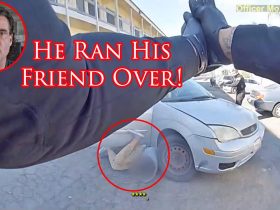



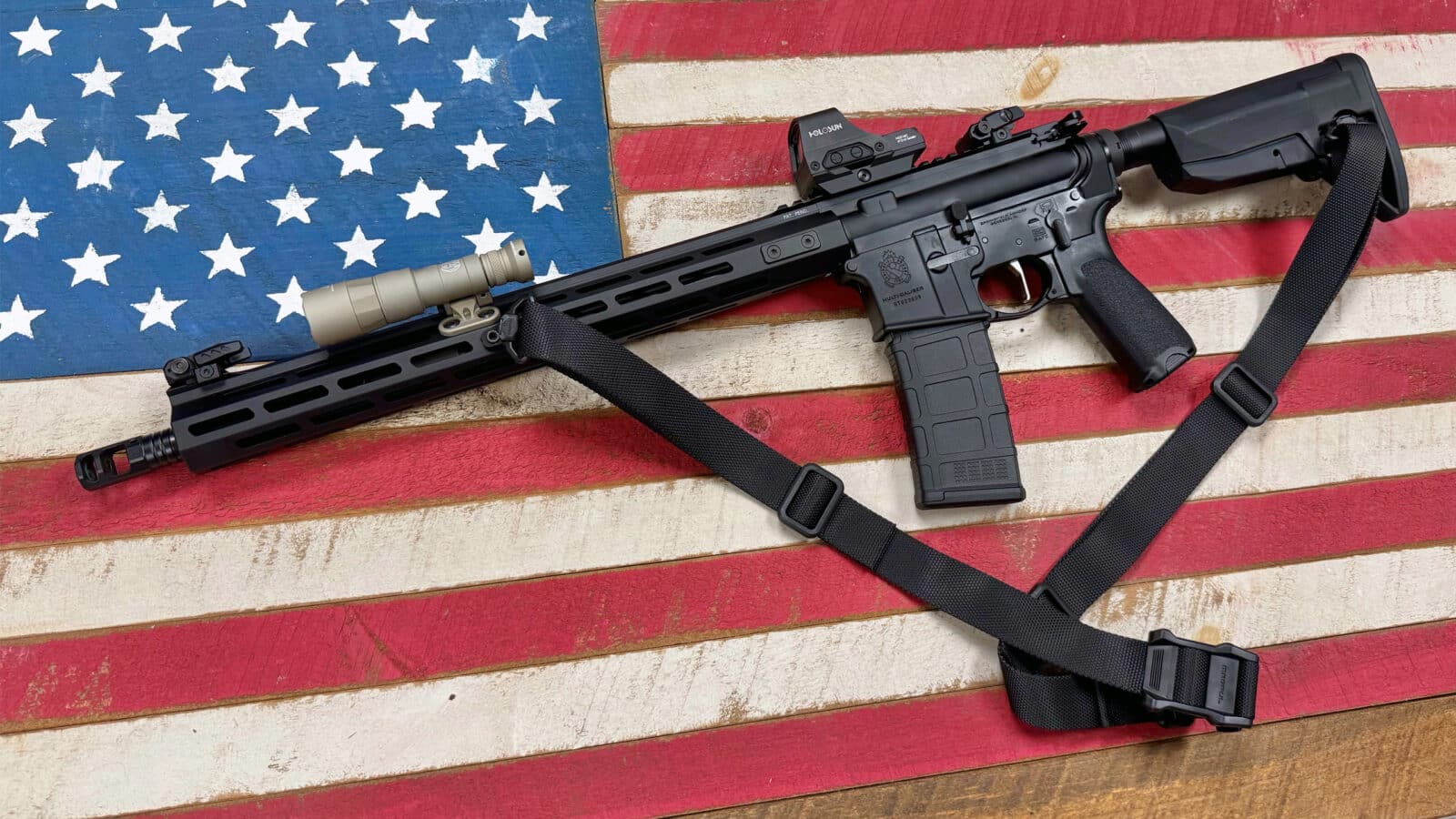





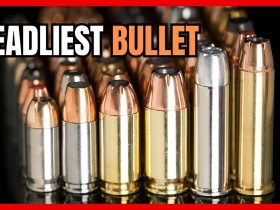
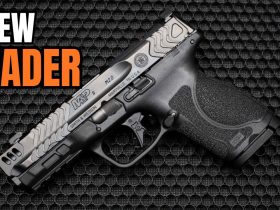
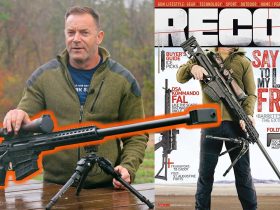

Leave a Reply